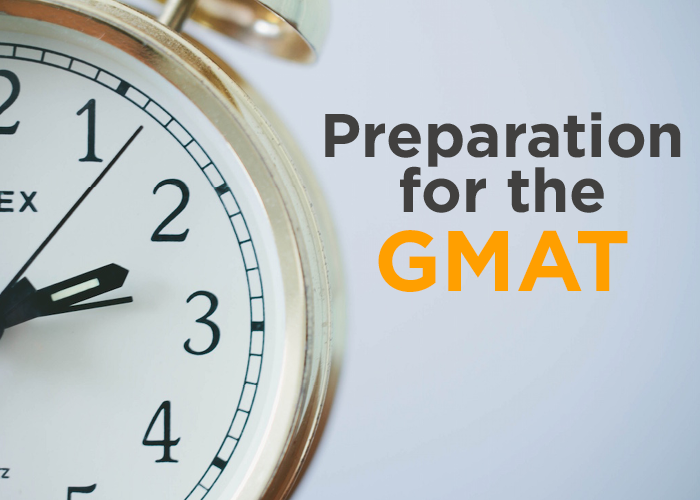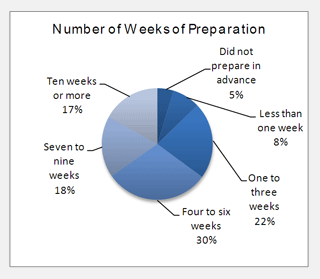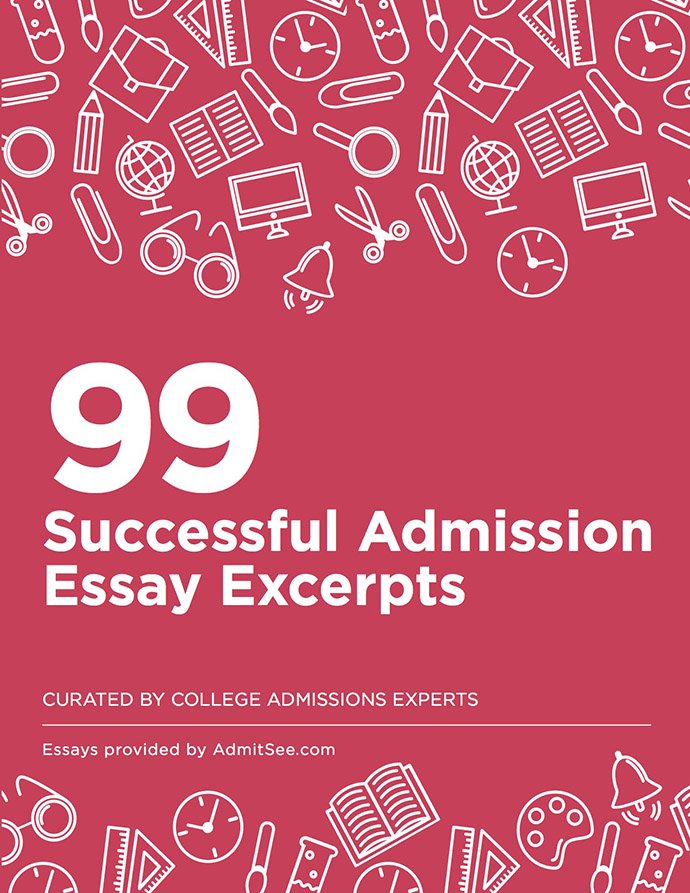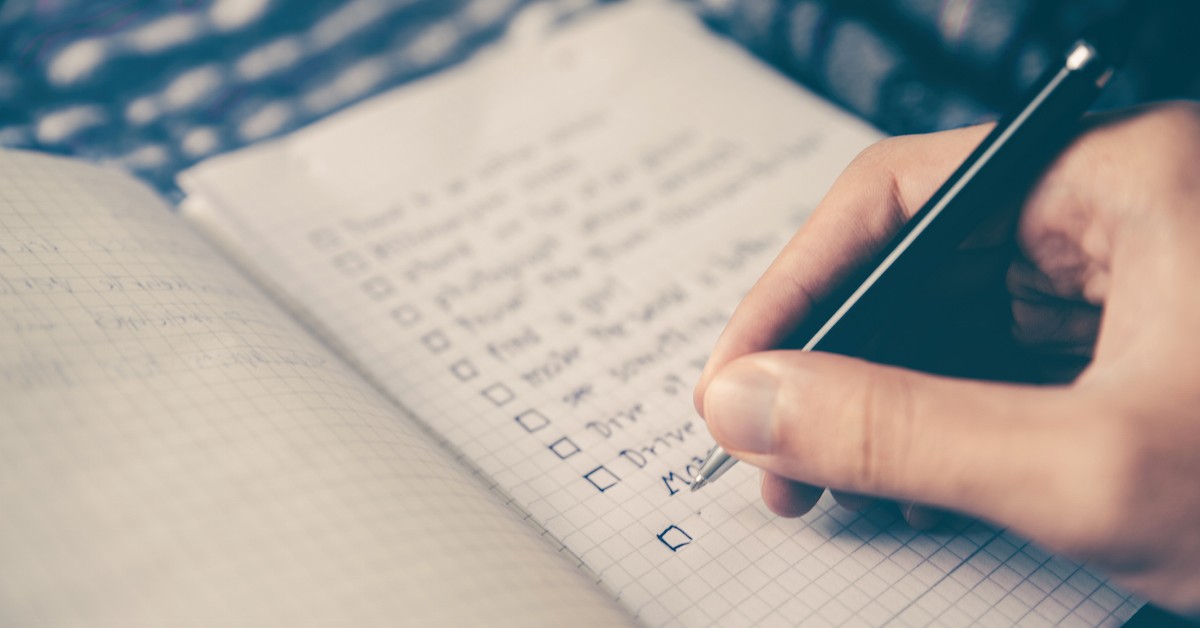Are you preparing for the GMAT? If you are, you’re in luck. We asked our friends at examPAL to weigh in and share their insights on preparing for the GMAT:

The time required to sufficiently prepare for the GMAT is different for each individual. It depends on your target score, and your starting point. There are no magic formulas, just a high level of planning and preparation. It needs to be a priority - not just another demand in a long list of other things. That’s why the more successful GMAT candidates allocate some time every day for studying.

Studying for the GMAT takes a lot of time. Average GMAT students can expect to spend 100-170 hours studying, over the course of 2-3 months. However, depending on your level of English, 100 to 120 hours of effective learning should be enough. If you’re a non-native you should add 20-30 more hours to practice vocabulary and improve reading speed.
Based on a research conducted by the GMAC, on average, 65% of GMAT test-takers spend more than a month studying for the GMAT. 48% of students spend between 4 and 9 weeks preparing for the GMAT.
The optimal time to spend studying is around 6 to 8 weeks. If you give yourself too long, like 4 months and above, you’ll find yourself forgetting what you learned at the beginning and this is a disadvantage, as all the knowledge is interconnected.
However many hours you choose to spend, time allocated should be broken up into small chunks over the course of every week and not all during a marathon session over the weekend. Each study session should be from 30 minutes to 2 hours long, with longer sessions on days when practice exams are taken.
Ultimately, it’s how smart you study, not just how long you spend studying. Plan a study strategy that gives you the right amount of time and addresses your test-taking challenges so that your exam results reflect your true ability.
Here are some factors to consider when setting up a plan:
- Familiarize yourself with the exam – What is the test structure? What are the formats of the questions? The test assesses your quantitative, verbal, analytical writing, and integrated reasoning skills – the skills you will need to succeed in business school. It doesn’t measure your knowledge, it measures your “mind flexibility”. If you want to excel in the GMAT, it’s essential you work on sharpening this cognitive capability. However much time you spend preparing, the key issue is quality, not quantity.
- How many hours do you have every day to study? If you have a demanding job and a family and limited time to study every day, it would be better to study for fewer hours over a longer time period (but not over too-long a period).
- Assess your strengths and weaknesses. Take a practice test and see how much you actually need to improve. If you need to improve by 50 points you’ll need a moderate amount of prep but in order to improve by 100 points or more you will need a diligent study plan.
- Focus extra practice time on your areas of weakness – What matters is getting to the correct solution, fast: the problem is that just solving lots of questions is not sufficient in terms of improving mental flexibility. Actually, the opposite is true. Solving thousands of questions without improving your mind’s flexibility will only cement the wrong thinking patterns.
- Train yourself to find YOUR best solution approach to answering GMAT questions – The GMAT measures your ability to flex your mind. That’s why examPAL helps you find your fastest way to solve each GMAT question, making your GMAT preparation process as efficient as possible.
- Researching your errors is even more important than solving new questions – Which tools are you using better than others? What are the main reasons for your mistakes? Which other tools should you learn to apply better?
Develop a study plan that lists when and what you’ll study. Take into account your levels of discipline, motivation, and personal preferences. Think about which resources you want to use but be aware of their strengths and weaknesses.
Books alone cannot sufficiently prepare you to the test because: They’re not a computer, they’re not adaptive, they offer you random solutions – rather than the best solution for you.
There are also free GMAT prep resources from various sources, offering online practice test options that help you become familiar with what to expect on Test Day. However, they are filled with thousands of questions and hundreds of thousands of suggested solutions, which add up to a trillion ways of confusing you!
CATs are good for practicing different strategies, but just solving one CAT after another will not cover all you need to know and will only exhaust you. Mobile apps offer a convenient option but seem to ignore what doesn’t fit into the small screen.
Many of these resources will show you just one way to solve the problem you got wrong. That might not be the right solution for you. It can also be a different approach than what you were taught and cause even more confusion.
Practice smart, not hard
examPAL have developed one simple method to help students find the fastest way to solve each question. That’s the PAL in examPAL - Precise, Alternative, or Logical. And when there’s more than one way – the system studies the way the student thinks in order to find THEIR best way to the right answer. It’s called ‘The PALgorithm’.
The greatest benefit of PAL is having one clear way of thinking, which makes all solutions easier and faster. It also leads to an easier preparation process and to better assimilation and absorption of the materials. In fact, the PALgorithm changes the entire perspective on practice. You don’t just solve questions and get easier or harder solutions. You work with the best possible (or impossible!) private tutor: one who monitors each and every answer you give, sees all the answers that thousands of other students have given, and finds the perfect match between your way of thinking and what proved effective to others. As in any other kind of fitness, it takes some time to master, but once you are “in the zone”, you’ll be able to get to your highest possible score in no time.
















 Back
Back